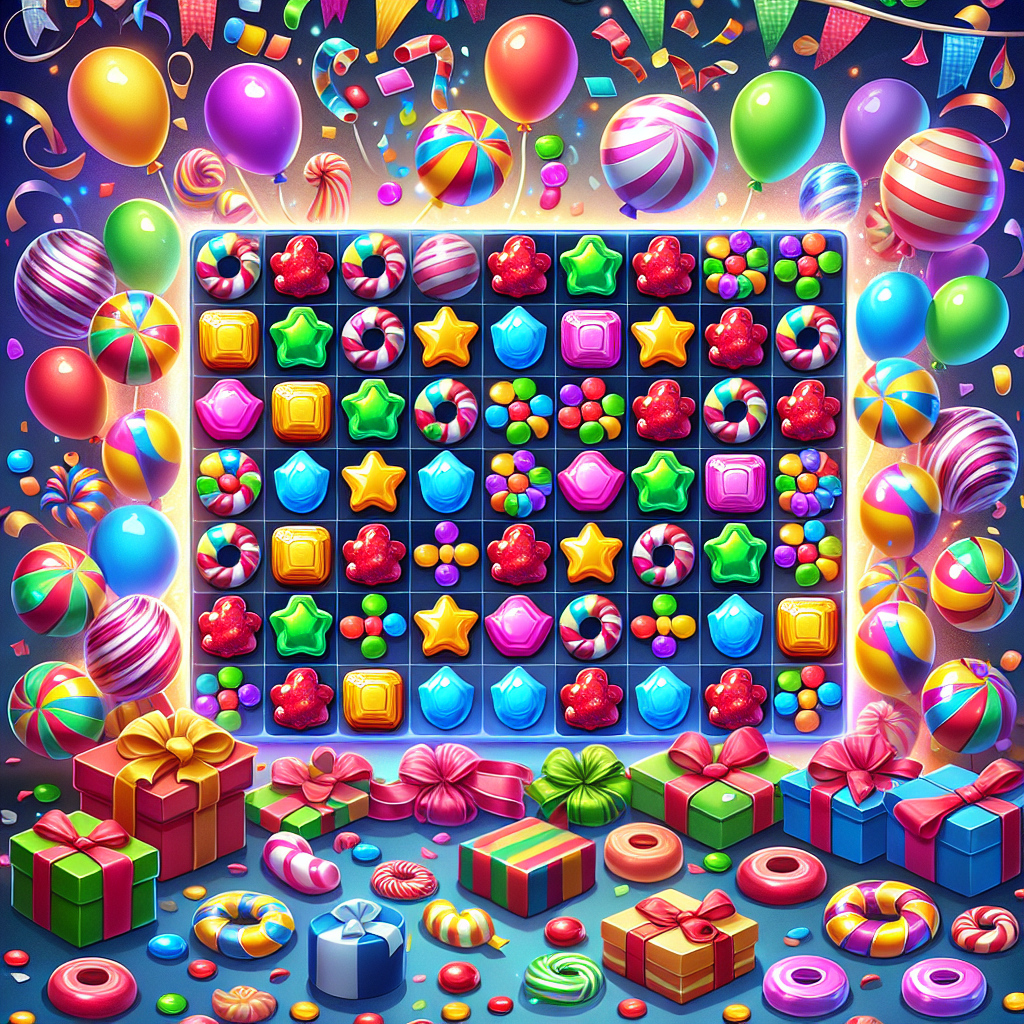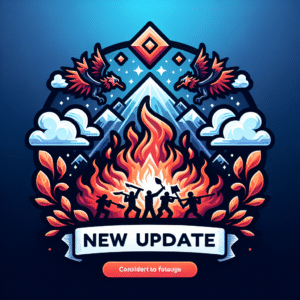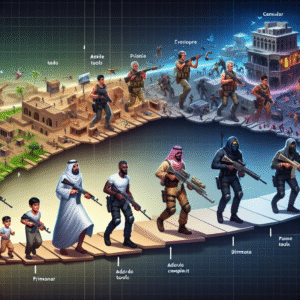Celebrating Candy Crush’s Milestone Achievements
In the ever-evolving world of mobile gaming, few titles have reached the summit of global recognition like Candy Crush. Since its inception by King in 2012, Candy Crush has not only redefined mobile gaming mechanics but has also established itself as a cultural phenomenon. As of now, this vibrant match-three puzzle game continues to mesmerize millions of players worldwide, routinely appearing on the list of top-grossing and most downloaded apps. Celebrating Candy Crush’s milestone achievements offers a glimpse into the factors contributing to its enduring success, its cultural impact, and its future in an increasingly competitive market.
Candy Crush’s journey is a testament to the perfect mixture of timing, ingenuity, and engagement. As mobile technology advanced and smartphone penetration increased exponentially in the early 2010s, Candy Crush entered the market at a fortuitous time. The game’s simple yet compelling format allowed it to rapidly garner attention. Its gameplay involved matching at least three candies of the same color, which would then disappear, earning players points and often triggering delightful chain reactions.
The game’s ingenious use of progressive levels kept players returning. Each level presented a new challenge, keeping the gameplay fresh. By gradually increasing difficulty and introducing various elements like chocolate blockers and time limits, Candy Crush struck the perfect balance between challenging and achievable, maintaining user interest without causing frustration. These mechanisms are meticulously crafted, sustaining player engagement through incremental accomplishments that tap into intrinsic motivational psychology.
Another pivotal factor contributing to Candy Crush’s success is its business model. Initially free-to-play, Candy Crush allows users to purchase extra lives, moves, or boosters to enhance their gameplay. This freemium model, combined with microtransactions, has been hugely influential in monetizing the app without alienating non-spending players. For many, the option to occasionally buy a booster or an extra set of lives became a justified expense, given the entertainment value and time saved. This approach effectively broadened Candy Crush’s appeal to a wider audience, from casual gamers to more dedicated players.
Social integration also played a significant role in Candy Crush’s rapid ascent. Tapping into Facebook’s platform allowed players to compete against friends, share achievements, and even send lives, which created a community-driven aspect that was crucial in its viral success. This feature not only bolstered player retention by encouraging daily engagement but also served as a free advertising mechanism. The continuous renewal of social interactions spurred peer motivation, harnessing both competition and cooperation aspects which benefited its growth.
Moreover, Candy Crush’s vibrant visuals and cheerful soundtracks have ensured that the game is not only engaging but also aesthetically pleasing. The eye-catching hues of candies and the satisfaction of consecutive matching moves contribute significantly to the tactile experience, enhancing user satisfaction and recall. In the gaming industry, where first impressions can dictate success, these sensory ingredients have been fundamental in attracting and retaining users.
Managing to stay relevant in the fast-paced digital environment is no simple feat, yet Candy Crush has expertly navigated these waters by consistently releasing updates and expansions. Introducing new themes, challenges, and holiday-related events has kept the experience fresh, encouraging players to update regularly and continue playing. This adaptability is a hallmark of successful services in the tech industry, and Candy Crush exhibits it through continual innovation and user feedback implementation.
The brand’s global recognition has been further solidified through strategic partnerships and merchandise. From spin-off games like Candy Crush Soda Saga to licensing deals that bring the candy-themed designs to real-world products, the franchise has cultivated a tangible brand. This diversified approach to presence extends its reach beyond the app store, embedding itself further into popular culture.
Candy Crush continues to serve as a profound case study in viral game marketing, and its legacy has paved the way for subsequent free-to-play titles. The game’s developer, King, has retained a blended strategy of accessibility and monetization, shaping industry norms and consumer expectations. From a business perspective, understanding Candy Crush’s player engagement mechanics and monetization innovations is crucial for developers aiming to replicate its success.
As we explore the future potential of this gaming giant, it’s intriguing to see how Candy Crush may evolve amidst burgeoning technological advancements such as AR (Augmented Reality) and VR (Virtual Reality). The potential to create more interactive and immersive experiences could redefine gameplay for future generations, ensuring that Candy Crush remains not just a staple in mobile gaming history, but also a seminal influence on future innovations.
In examining Candy Crush’s remarkable journey, it’s clear that its milestones are not merely numbered by downloads or revenue, but rich in cultural relevance and innovation. The game’s milestones set a standard and continue to offer insights into user-centric design and strategic execution. As mobile gaming ecosystems continue to expand, the lessons offered by Candy Crush’s achievements remain invaluable, providing a roadmap for emerging titles seeking similar reach and longevity. The story of Candy Crush is not just about a game—it’s about the changing dynamics of the digital entertainment landscape.











Post Comment